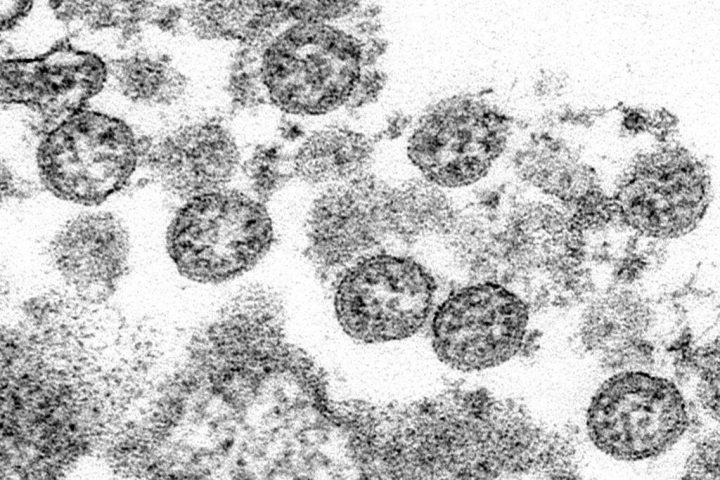Researchers at the University of Calgary have developed a new method to test for the presence of the COVID-19 virus.

Officials said the new method is still undergoing further research, but has proven to provide results within 30 minutes without the need for high-tech equipment.
“We are in the early stages of unlocking the potential of this method,” clinical assistant professor at the U of C, Dr. Byron Berenger said.
“As we’ve seen in Alberta, detecting and tracking positive cases of COVID-19 has proven critical in containing the spread of the virus.”
The new testing research is supported by grants from the Canadian Institutes of Health Research, Genome Canada and the University of Calgary and Alberta Health Services Clinical Research Fund.
The test uses a process called loop mediated amplification (LAMP), which detects the presence of the virus through a swab of the nose or throat.

Get weekly health news
Officials noted that this testing method would be easily accessible across the globe due to its limited need for expensive laboratory equipment.
“Results from this method can be seen with the naked eye. The chemicals required are easier to access and do not require refrigeration,” clinical researcher and lead of the study, Dr. Dylan Pillai said.
“The process can be made portable which opens up testing in resource-limited settings.”

Officials said the idea for this kind of testing came from previous studies on using the LAMP method to detect Malaria in lower and middle-income countries. Now, the U of C is conducting further research on this new method to evaluate the possibility of using the test on a larger scale.
“We’ve validated the process and found that the test shows greater than 97 per cent accuracy compared to other molecular methods,” Pillai said.
“Any clinical laboratory can adopt this method into its workflow now. We know for some places in the world, testing large numbers of people is difficult — this simplifies the process and makes it accessible.”
Officials noted that small laboratory items are still needed to conduct this method of testing, and researchers are currently working on developing a hand-held cartridge test that could be used anywhere without the need for additional equipment.
The researchers hope to have a working model before the end of the year.



Comments